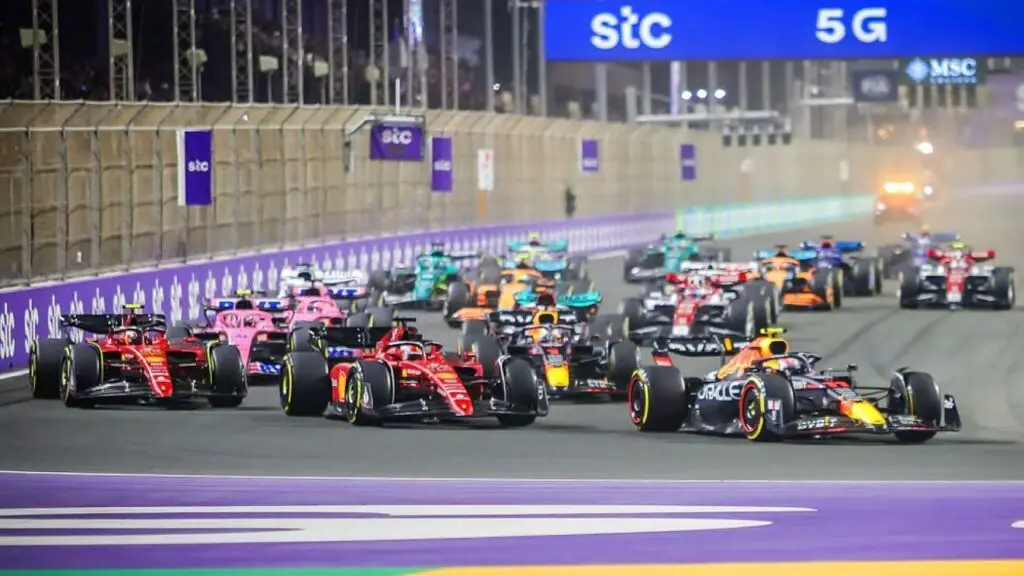The Miami Grand Prix circuit has a unique blend of high-octane straights and tactically challenging corners. It stands out as a wonderful modern addition to the global F1 calendar.
The cars achieve breathtaking speeds on its iconic straights. The gravity-defying G-forces experienced in its most treacherous corners are immense. We discuss the sheer physical and mental demands and so provide a drivers view of the track.
As Formula 1 continues to evolve, adapting to new terrains and challenges, understanding these circuits becomes quintessential. Strap in and join us on this exhilarating journey around one of F1’s most captivating circuits.
F1worldwide.com Recommends
- The F1 Miami Grand Prix
- The History of Imola Grand Prix: From Tragedy to Triumph
- Imola: An In-depth Guide to the Legendary F1 Grand Prix Circuit
- Monaco F1 Grand Prix – the Ultimate Guide
- Monaco Grand Prix : Mastering it from a Driver’s Lens
- Canadian Grand Prix History | F1 Legends, Facts and Highlights
- Canadian Grand Prix F1 : A Lap Around the Circuit Gilles Villeneuve
Characteristics of the Miami Grand Prix Track

The Miami Grand Prix circuit is characterized by its blend of high-speed sections and technical corners. The track surface, especially in its early years, offers a medium level of tire degradation. This means teams often have to make strategic choices about tire compounds and pit stop timings.
High-Speed Sections and Straights
There are several key straights on the Miami Grand Prix circuit:
Miami Grand Prix – Main Straight
This is where the adrenaline really kicks in. Drivers reach speeds of up to 320 km/h (199 mph) before approaching the first corner.
Miami Grand Prix – Back Straight
The back straight is another high-speed zone. Drivers can touch 310 km/h (192 mph) here before they set up for the next set of turns.
Miami Grand Prix – Corner Analysis
Let’s delve deeper into some of the notable corners and what it takes to navigate them:
Miami Grand Prix – Turn 1

After reaching peak speeds on the main straight, drivers brake hard, pulling nearly 4.5 Gs, to reduce their speed to around 100 km/h (62 mph) for this tight right-hander. The best line is to clip the apex late, allowing for a smoother transition to the next series of corners.
Miami GP – Turn 4
A medium-speed left-hander. Entry speed is around 180 km/h (112 mph) with light braking required. The ideal line is to hug the inside curb and power out early to maximize speed onto the subsequent short straight.
Miami GP – Turn 7
This complex turn requires precision. Drivers enter at 150 km/h (93 mph) and maintain throttle control through the curve, feeling about 3 Gs of lateral force. Exiting with a speed of 170 km/h (105 mph) is crucial to carrying momentum forward.
Miami GP – Turn 12

Among the trickiest on the track. With an entry speed of 200 km/h (124 mph), drivers need to brake late, hitting 3.5 Gs, and then thread the needle, getting close to the inside curb without touching it. Exit speed is paramount here, and drivers aim to hit 210 km/h (130 mph) as they exit and propel into the next straight.
The Physical Challenge
One cannot discuss the Miami Grand Prix circuit without mentioning the G-forces drivers endure. Apart from the hard braking zones where they experience up to 4.5 Gs, fast corners and quick changes of direction challenge the drivers’ neck and core muscles extensively. Over the course of the race, maintaining concentration and physical control in these conditions can be as taxing as the strategic and technical challenges of the race.
Conclusion
The Miami Grand Prix circuit is a masterpiece that challenges both the machine and the man behind the wheel. It requires an adept understanding of the track, a well-setup car, and impeccable driving skills. As fans, each year we’re treated to a symphony of speed, sound, and strategy as F1 drivers weave their magic around this incredible city track.

